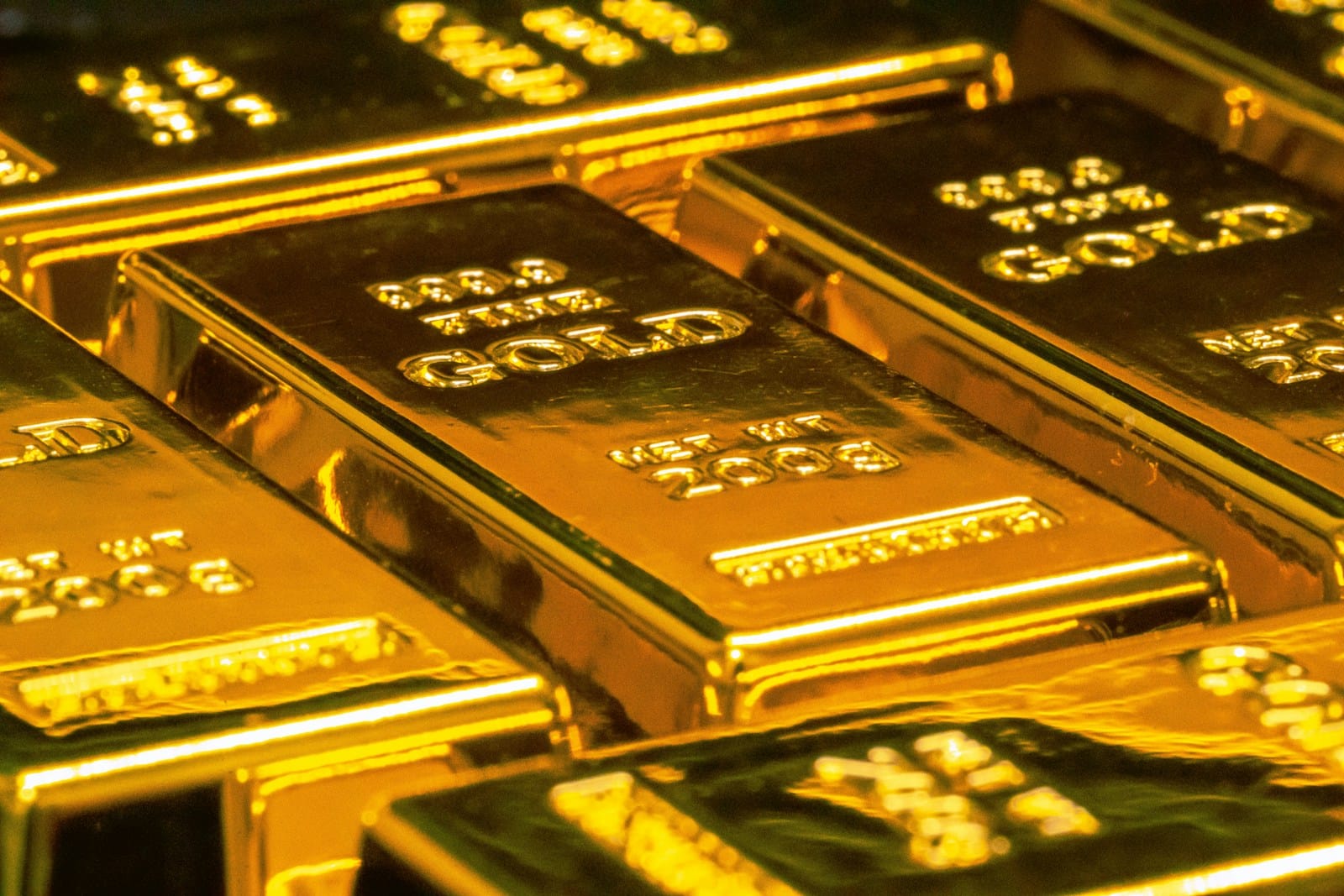Gold Prices Edge Up Despite Anticipated Weekly Losses
Gold prices ascend slightly, defying predictions of weekly declines. Discover the factors influencing this surprising uptick and its implications for investors. Stay informed with the latest updates.

Gold, often considered to be a “safe haven” investment, has seen an uptick in prices, even as investors brace for a weekly loss. This paradoxical situation is influenced by a labyrinth of economic data, investor sentiment, and market forces.
Gold Prices Edge Up Despite Anticipated Weekly Losses
The recent rise in gold prices can be attributed to a multitude of factors:
Our website does not collect, store, or share any user data. If you enjoy our content and value your privacy, consider supporting us.
- Geopolitical Tensions: Uncertain global political climates often drive investors towards gold as a safe haven.
- Inflation Concerns: Particularly in the US, rising inflation rates increase the allure of gold as a hedge.
- Dollar Weakness: Gold prices tend to rise when the US dollar weakens, making the precious metal cheaper for holders of other currencies.
But these components are only part of the equation.
The Role of Economic Indicators
This week, all eyes are on the US Personal Consumption Expenditures (PCE) data. PCE is a key measure of inflation from the perspective of consumption, closely watched by the Federal Reserve. As CNBC notes, “investors are looking for signs of economic resilience or weakness” in the data. Should the PCE indicate stronger inflation, the Fed might lean towards more aggressive interest rate hikes, typically bearish for gold.
Why a Weekly Loss is Still Likely
Despite the recent price rally, gold is nursing weekly losses. Several factors contribute to this downbeat forecast:
Higher Treasury yields often translate to lower gold prices. When yields rise, the opportunity cost of holding non-yielding assets like gold increases, making it less attractive.
The Federal Reserve’s stance on interest rates has a substantial impact. A policy leaning towards higher interest rates would typically result in a stronger dollar and higher yields, both detrimental to gold prices.
Market Sentiment
Short-term market sentiment is also shaping gold’s performance. Investors are oscillating between the safety of gold and riskier assets, swayed by economic data releases and geopolitical developments.
What Investors Should Watch Next
The landscape for gold prices remains volatile. Several emerging elements could further influence its trajectory:
Upcoming Economic Data
Investors should keep an eye on more upcoming economic indicators such as:
- US Non-Farm Payrolls Data: Employment data can provide insights into economic health, influencing Fed policies.
- Consumer Price Index (CPI): Another critical measure of inflation.
- Gross Domestic Product (GDP) Reports: Reflecting overall economic performance.
Geopolitical Events
Geopolitical stability, or the lack thereof, will remain a fundamental driver. Events such as:
- Ongoing Trade Disputes: Particularly between major economic powers like the US and China.
- Political Instability: In regions like the Middle East, can sharply impact investor behaviour and gold prices.
Central banks around the world continue to hold and purchase gold as part of their international reserves. Their actions, especially from heavyweights like China and Russia, can substantially sway global gold prices.
Long-Term Outlook for Gold
Investment Strategies
For those looking to navigate this turbulent arena, a few strategies may prove beneficial:
- Diversification: Broadening portfolios to include various asset types can hedge against volatility.
- Long-Term Holding: For many, gold remains a trusted long-term investment. Holding onto the asset through short-term fluctuations might be more profitable.
- Regular Monitoring: Keeping abreast of economic indicators, market trends, and geopolitical events is crucial for timely decisions.
Many market analysts remain bullish on gold’s long-term prospects despite short-term hiccups. Goldman Sachs predicts that “gold could reach $2000 per ounce within the next year,” seeing it as a defensive asset amidst economic uncertainty.
The Bottom Line
Gold prices are navigating through a complex web of economic indicators, investor sentiments, and geopolitical tensions. The recent uptrend, despite a looming weekly loss, underscores the metal’s enduring allure. By staying informed and strategically positioning their portfolios, investors can potentially capitalise on the evolving dynamics of the gold market.
Gold’s journey is far from over and the seasoned investor knows that in the realm of precious metals, fortunes can shift as swiftly as the winds of economic change.